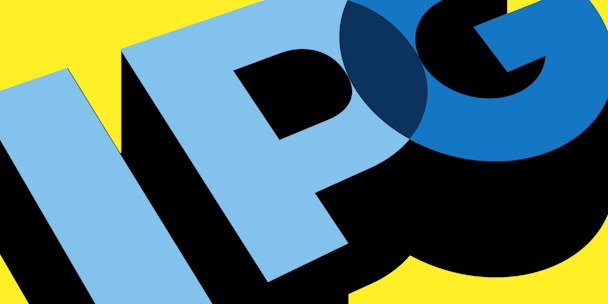Can IPG sell the future to save its present?
The expected sales of agencies Huge and R/GA will help IPG boost its bottom line. But, Steve Antoniewicz asks, will the short-term financial benefits come at the expense of the holding company’s future fortunes?

/ The Drum
Here’s a surprising stat: IPG’s US organic net revenue growth in the last quarter was exactly 0%. While Latin America surged by nearly 10%, the biggest ad market in the world – IPG’s home turf, the US – stagnated.
Now, maybe it is not that surprising considering the extenuating electoral circumstances, so how would IPG, one of the world’s largest holding companies, react? Well, the new news actually made sense of some older news, namely the proposed disposal of both RGA and Huge, which was out in the open this summer.
So what does IPG hope to gain by selling two of its most forward-looking assets, the very agencies built to help brands thrive in an increasingly digital-first future?
Want to go deeper? Ask The Drum
A short-term fix for a long-term problem?
CEO Philippe Krakowsky is pitching these sales as part of a broader strategy to “improve IPG’s growth profile.” R/GA is reportedly on its way to Indian IT giant Tata Consultancy Services for a rumored $300m. Meanwhile, Huge is also on the block, though potential buyers remain a mystery.
On the surface, this makes sense. Revenue from IPG’s Media, Data & Engagement Solutions segment, which includes R/GA and Huge, is down. Overall, IPG saw a year-over-year revenue dip of 2.9% in the third quarter, blamed on those “macro uncertainties” and shrinking ad spends in key sectors like tech and automotive. Selling these digital shops might help IPG trim costs, reduce exposure to risk, and free up resources for “safer” bets in their media and healthcare businesses.
But here’s the rub: in cutting loose two of its biggest digital players, IPG may be selling off not just assets but its future relevance.
Advertisement
The case for keeping digital giants
R/GA isn’t just any agency; it’s an icon of tech-enabled creativity. The same goes for Huge, which has been a leader in customer experience (CX) design – a field that’s becoming ever more critical as brands grapple with how to meet evolving consumer expectations in real time.
Yes, these agencies have struggled recently, and yes, digital is a competitive and crowded space. But the future of marketing is digital transformation, full stop. Clients aren’t just looking for performance metrics or integrated campaigns anymore; they’re looking for partners who can help them navigate the wild frontier of AI, data, and automation. R/GA and Huge are – or were – IPG’s best bets in this space.
Advertisement
Is IPG playing defense?
Krakowsky is framing these sales as a move to “simplify” the business, aligning with areas that have shown “very strong growth” like consumer goods and public sector. And while that strategy may help stabilize IPG in the short term, it also risks leaving the company on the defensive in a rapidly evolving industry. At the heart of this strategy lies a reinvigorated focus on principal-based media trading, a decades-old but controversial model where agencies act as media resellers.
What’s gained – and what’s at stake
Principal-based trading could create a moat for IPG, positioning it as a leader in competitive media inventory deals. Given that media remains the single largest line item for most advertisers, this focus could help IPG capitalize on scale and efficiency. If executed transparently, the model might allow IPG to take share from competitors, particularly in a market increasingly focused on cost control.
However, the risks are significant. The practice has been criticized for its opacity, with some, like Nick Manning, arguing it creates a misalignment between agency and client interests. To truly capitalize, IPG must navigate these concerns carefully, ensuring that trust isn’t sacrificed for short-term financial gains.
Suggested newsletters for you
Losing two digital pillars
Selling R/GA and Huge might boost IPG’s bottom line but it also forfeits cultural and intellectual capital that takes years to build – the kind of vital edge that takes decades to build and moments to squander.
This is especially notable given some rival positioning. Publicis’ early acquisitions such as Epislon continue to pay dividends, while WPP continues to deepen its tech and platform partnerships. These divestments risk leaving IPG on the back foot, focusing on traditional commoditized capabilities while others sprint ahead in digital transformation.
The takeaway
IPG’s focus on principal-based media trading and its divestments could help stabilize its performance and create a stronghold in media. But does this short-term stability come at the cost of future agility and innovation?
Trading R/GA and Huge might prop up IPG’s bottom line today, but it risks leaving the holding company with a portfolio that feels safe, predictable, and, frankly, a bit outdated.
As marketing moves deeper into a digital-first world, IPG’s boldest move might have been not to cut its losses but to double down on its digital pioneers. Because in this industry, the future doesn’t wait for anyone – not even the giants.
Steve Antoniewicz is strategic advisor at The Drum
